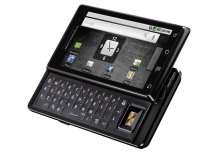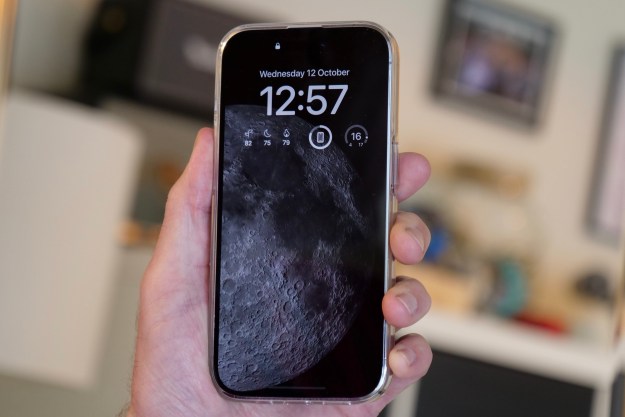
New data from media metrics firm Comscore shows a trend that can’t be making the folks in Redmond very happy: the total number of folks using iPhones in the United States has now surpassed the number of people using devices running Windows Mobile. The U.S. business market has always been the backbone of WIndows Mobile’s user base, but Comscore’s figures show some 7.13 million Windows Mobile users in October 2009, compared with 8.97 million iPhone users in the same month. Furthermore, Comscore shows Android poised to make a major jump in market share, as survey data shows almost as many people considering an Android device as are considering the iPhone as their next phone purchase.
Smartphone platform data also shows the iPhone is the number two smartphone platform in the United States…although it is still a somewhat distant second to BlackBerries from Canada’s Research in Motion, which tallied up 14.96 million users during October 2009. One interesting trend in Comscore’s data is that Palm, Symbian, and Windows Mobile all help fairly steady in terms of total number of U.S. users from February to October 2009—although Windows Mobile did register a mid-year decline—where only RIM and Apple showed strong growth.
However, that may be about to change: although Google’s Android platform only accounted for 3.5 percent of the smartphone market in October 2009, Comscore is forecasting Android is due to take off, with 17 percent of U.S. consumers in the market for a smartphone considering an Android device. In comparison 20 percent of those potential smartphone buyers are looking at the iPhone. “While iPhone continues to set the bar with its App Store and passionate user base, and RIM remains the leader among the business set, Android is clearly gaining momentum among developers and consumers,” said Comscore’s senior VP for mobile Mark Donovan, in a statement.
Comscore cites Verizon’s Droid campaign as a significant factor making consumers more aware of the Android platform.
Editors' Recommendations
- iPhone 16: news, rumored price, release date, and more
- Why you should buy the iPhone 15 Pro instead of the iPhone 15 Pro Max
- 3 reasons why I’ll actually use Anker’s new iPhone power bank
- Here’s how Apple could change your iPhone forever
- There’s a big problem with the iPhone’s Photos app


